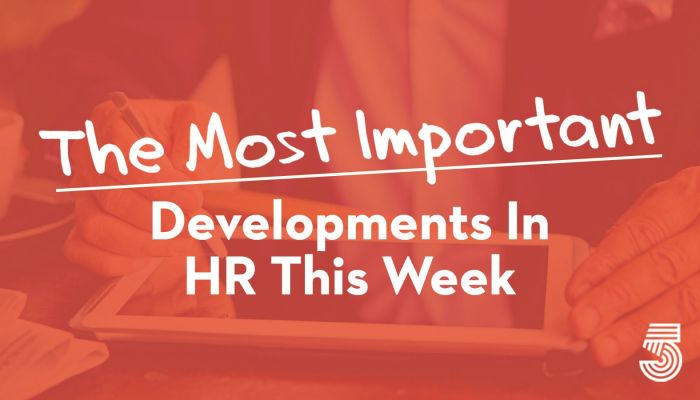The MID, as we call it, is curated by our editorial team from more than 50 news sources. Like a lot of good ideas, this started as something I wanted for myself. If I can’t read everything, I at least want to stay abreast of the most important developments.
This week in HR, Delta slapped a health surcharge on its unvaxxed workers, Disney negotiated a deal with its union to require the vax, hospitality couldn’t find enough workers, jobless claims rose as the pandemic benefit is set to expire, and your Gen Z employees might be out the door.


Unvaccinated Delta Air Lines employees will soon be forced to pay an additional $200 per month for the company’s health care plan, making the Georgia-based airline the first such major U.S. company to tie vaccination status to health care costs, a move other industries could soon follow. Delta CEO Ed Bastian, in a memo to employees published online Wednesday, said the $200 surcharge for unvaccinated Delta employees is meant to offset medical costs from a coronavirus infection, which is more likely to occur in unvaccinated individuals. Health care costs for COVID, especially those who need to be hospitalized, can be steep; Delta said the average hospital stay for COVID has cost the airline $50,000 per person. Experts say that the decision to pressure workers to vaccinate by upping their health care costs — rather than requiring they get the vaccine — makes it easier for employers to rationalize the policy to employees who are reluctant to get a shot. Politico

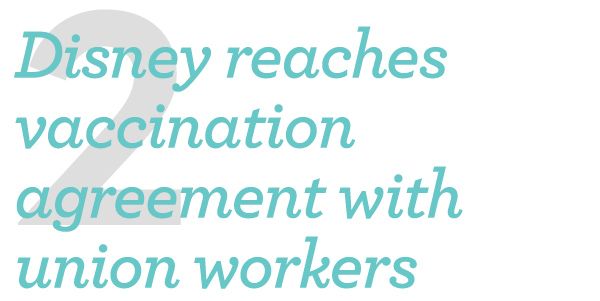
Florida’s Walt Disney World will now require union employees as well as non-union and salaried workers to be fully vaccinated against COVID-19 to keep their jobs at the theme park. The company also said Wednesday it would soon require vaccines for its cruise passengers ages 12 and up on ships to the Bahamas. The deal was reached Monday with a union coalition, shortly after the Pfizer vaccine earned full Food and Drug Administration approval. It requires the workers to show proof of vaccination by Oct. 22 to remain employed, although employees can request exemptions for medical or religious reasons, a union statement said. ABC News
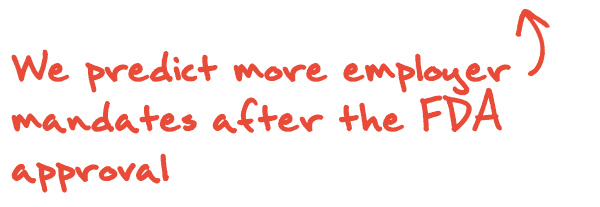
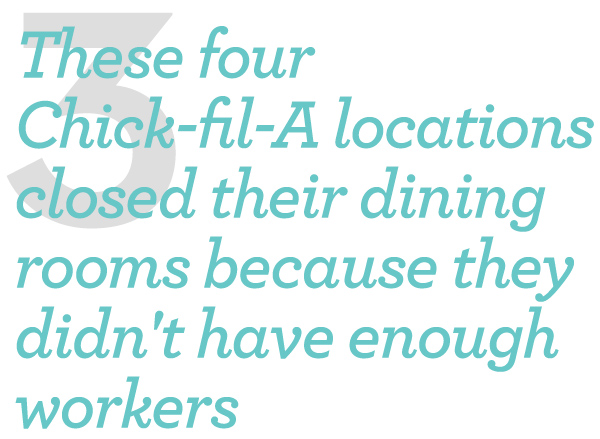
Three Chick-fil-A locations in Alabama and one in Georgia have closed their dining rooms, citing challenges in hiring the workers they need. The situation described by the locations is representative of the experience of many restaurants across the country. Operators have been struggling to hire as workers turn to other careers and stay away from stressful restaurant jobs where they have to deal with frustrated customers and may be exposed to the coronavirus. In April, May, and June the rate of quits per share of employment in the accommodation and food services sector, which includes restaurants, held steady at 5.7%, according to seasonally adjusted data released by the Bureau of Labor Statistics. That’s far higher than the quit rate across all sectors, which was 2.7% in June. Experts say that when restaurants are short-staffed, it can be even trickier to hire because of the stress placed on remaining employees, among other things. CNN Business

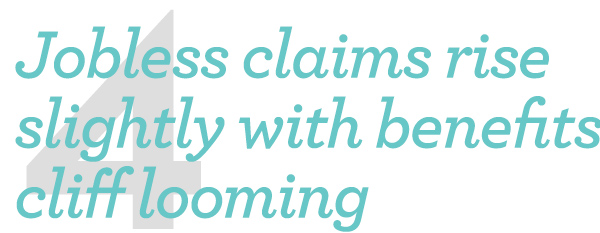
New applications for jobless benefits rose slightly last week on a seasonally adjusted basis, but declined without seasonal adjustment, according to data released Thursday by the Labor Department. In the week ending Aug. 21, initial claims for unemployment insurance totaled 353,000 after seasonal adjustments, rising 4,000 from the previous week’s revised total of 348,000. Even so, claims for Pandemic Unemployment Assistance (PUA) rose for the second consecutive week, rising by 9,628 to 117,709. Roughly 12 million people were on some form of jobless aid as of Aug. 7, but that number is set to drop dramatically when pandemic unemployment programs expire on Labor Day. More than 7.5 million jobless workers are set to lose their benefits upon the expiration of PUA and additional weeks of unemployment insurance on Sept. 6. Millions more will lose a substantial portion of their unemployment support when the $300 weekly boost to benefits also expires after Labor Day. The Hill

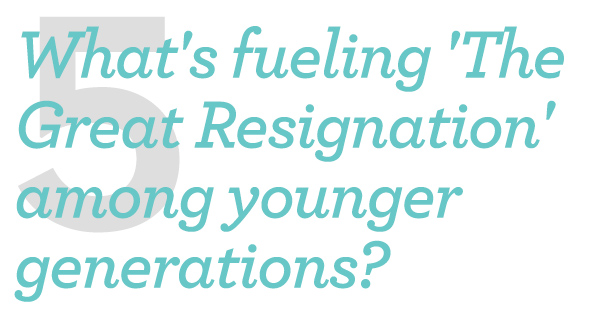
Pandemic burnout is fueling “The Great Resignation,” a period of high turnover as workers gain more confidence in the economy, and therefore feel more comfortable in making some career changes. According to a new study from Adobe, members of Generation Z are leading the charge for a few different reasons. Based on a survey of 3,400 enterprise workers in the United States, the United Kingdom, Germany, Australia, New Zealand, and Japan, more than half of Gen Z workers plan to pursue a new job in the next year — more than any other generation. They are the least satisfied generation at work, with only 56% satisfied with work/life balance and 59% with their job overall. Gen Z (57%) and millennials (54%) feel most pressured to be available at all times and are most likely to describe their job as repetitive (65% and 58%, respectively) and tiring (65% for both). Younger workers are especially likely to switch jobs for more control over their schedule (Gen Z: 66%; millennials: 73%) or the option to work remotely (63%; 66%). Fortune







